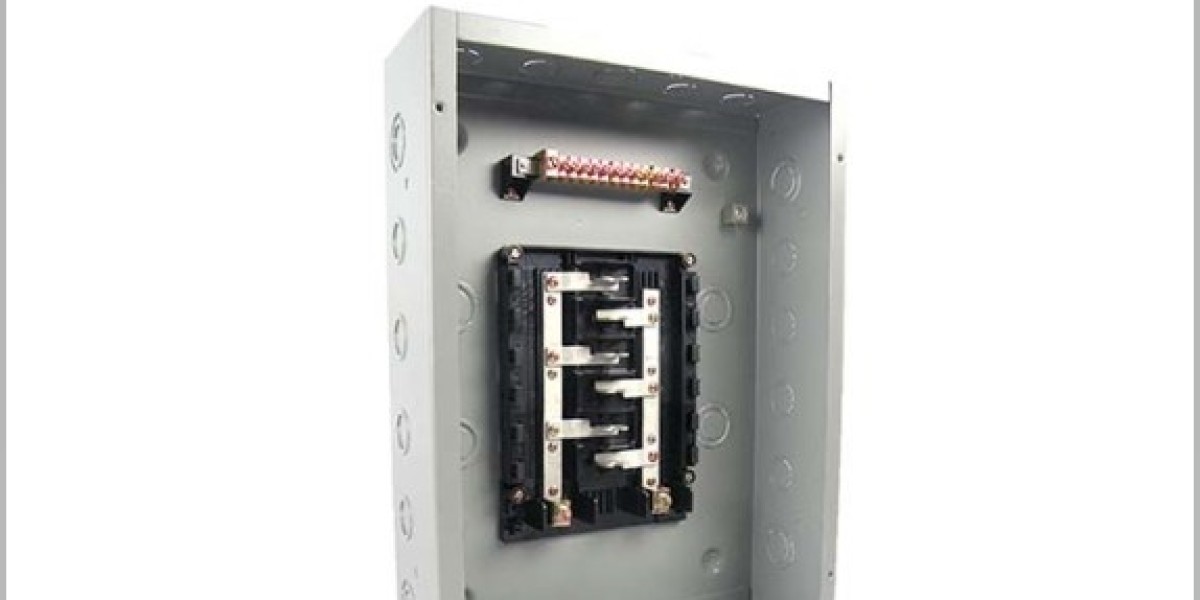As global energy demands evolve alongside climate challenges, the outdoor electrical distribution panel has emerged as a linchpin in sustainable infrastructure. Modern designs now transcend basic functionality, becoming intelligent nodes that harmonize renewable integration with environmental stewardship across diverse terrains.
Material Renaissance for Extreme Conditions
Advanced panels utilize graphene-reinforced composites derived from agricultural waste, offering unparalleled resistance to saltwater corrosion in offshore wind farms. Desert variants feature self-cooling aerogel layers that repel abrasive sandstorms, while urban models integrate photocatalytic surfaces to neutralize airborne pollutants. These innovations address pressing needs in regions battling intensifying weather extremes, from hurricane-prone coastlines to wildfire-threatened hinterlands.
Intelligent Safety Redefined
Next-gen panels employ moisture-wicking channels that divert condensation from critical circuits, preventing arc faults in tropical installations. Patented thermal-diffusion alloys automatically dissipate heat spikes during peak loads—critical for solar farms experiencing unpredictable weather swings. Tamper-resistant latches with biometric recognition deter unauthorized access, a vital feature for remote sites managing valuable renewable assets.
Cultural-Environmental Convergence
Collaborations with indigenous artisans yield panels engraved with ancestral weather symbols, their patterns doubling as airflow optimization grids. Portable versions feature magnetic docking systems resembling traditional puzzle joints, enabling quick assembly during nomadic energy projects. These designs honor local heritage while meeting IP68 standards for dust and water resistance.
Community-Centric Power Ecosystems
Modular architectures allow neighborhoods to incrementally expand capacity through snap-on extensions. Coastal villages embed retired fishing net composites into panel frames, while mountain communities utilize pine-resin sealants for alpine durability. Microfactories partner with schools to train technicians in panel repurposing, transforming retired units into greenhouse climate controllers or emergency charging stations.
For innovators like www.nante.com, the future lies in distribution systems that disappear into landscapes while amplifying clean energy potential. Their outdoor electrical distribution panel solutions exemplify how industrial components can become silent partners in humanity’s transition toward resilient, regenerative power networks.








